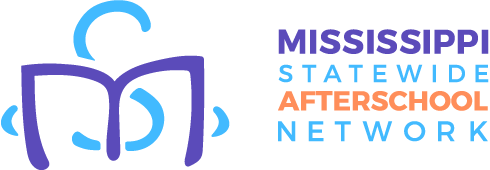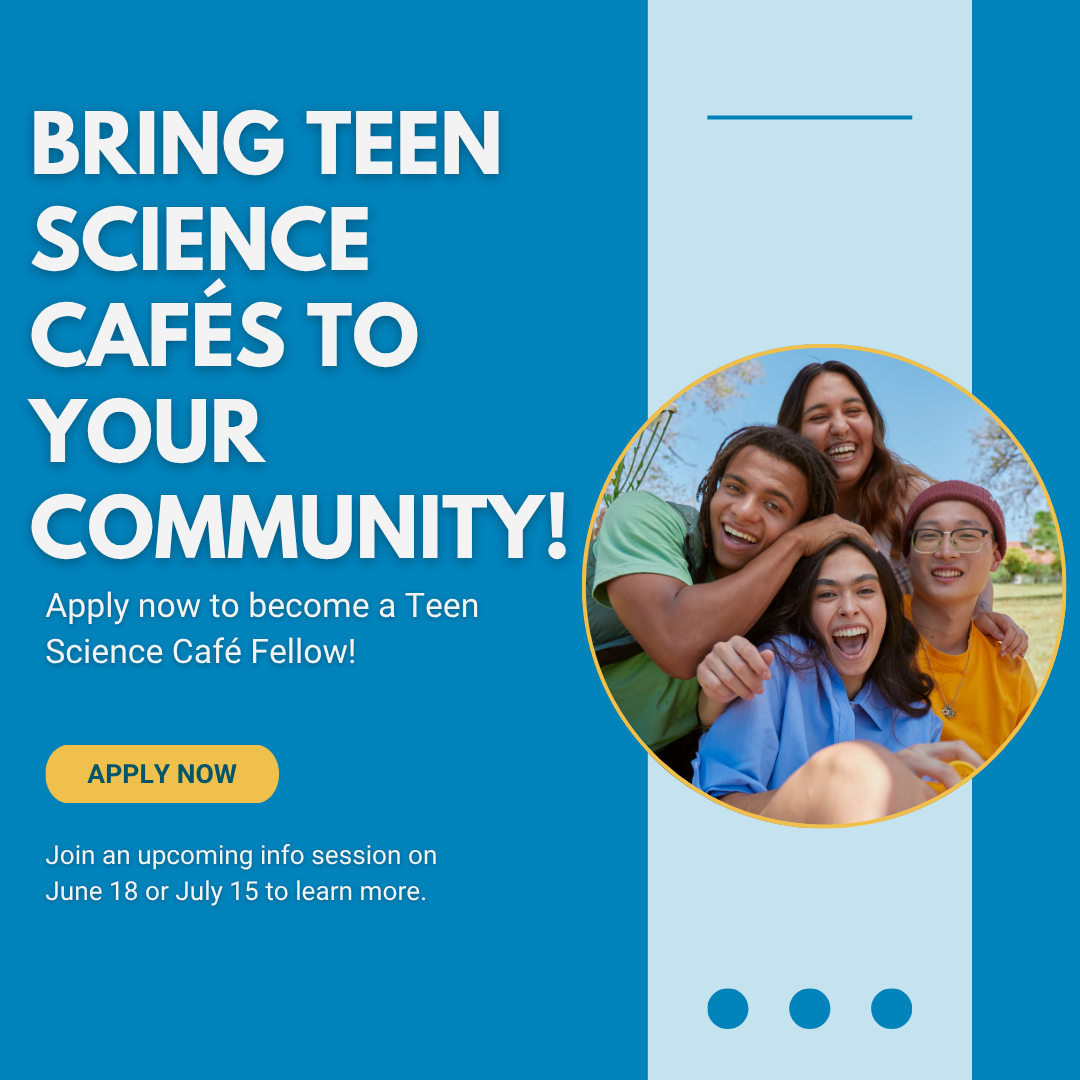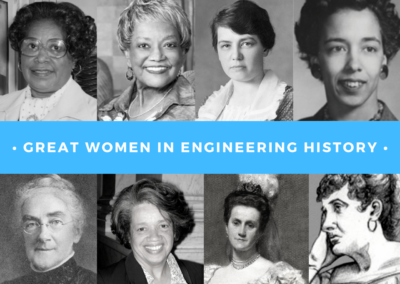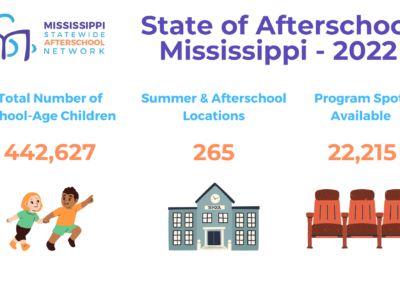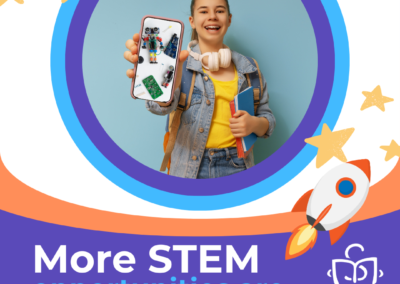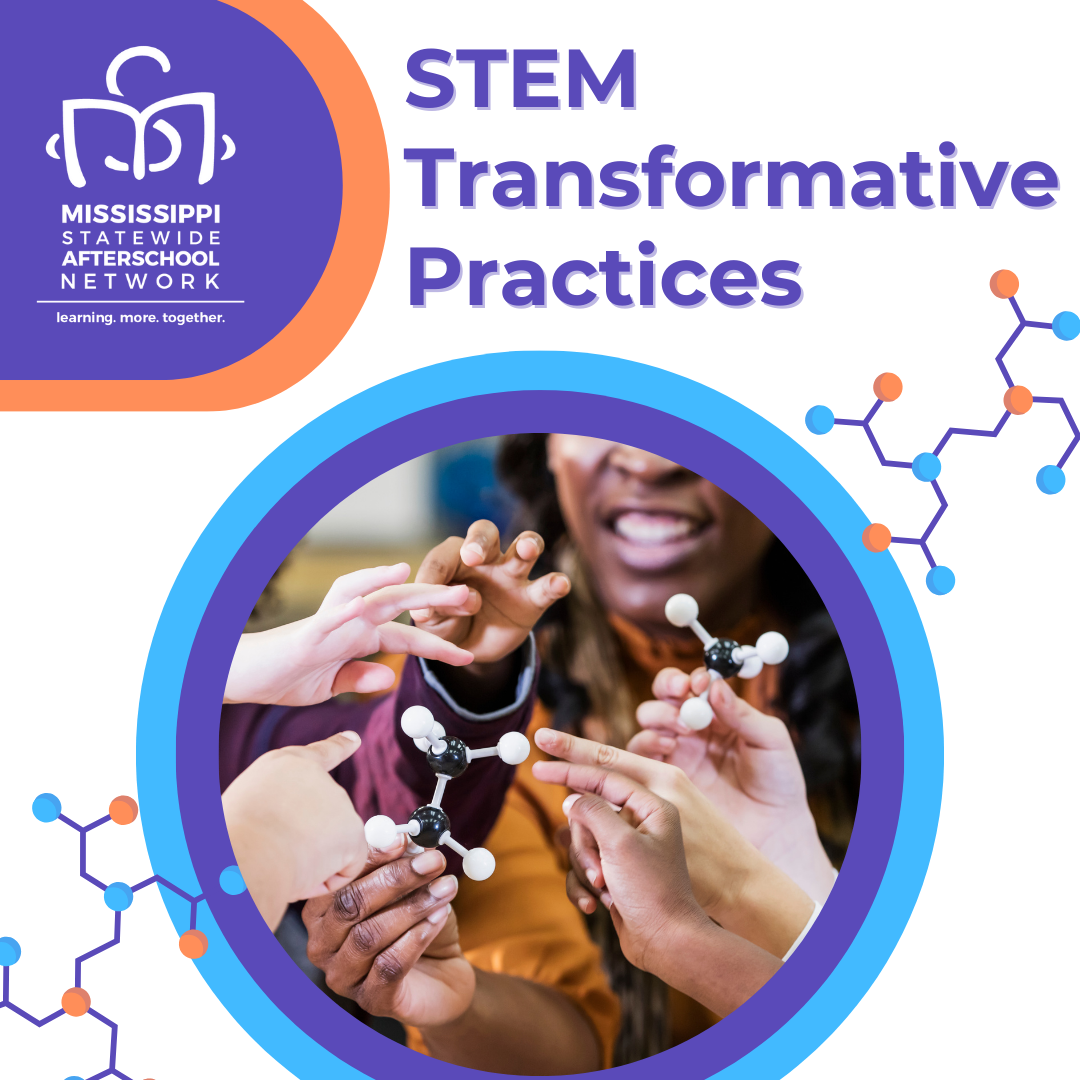STEM Next aims to raise awareness of four research-based practices that remove barriers to access and improve the quality of STEM learning experiences for youth. These practices are Access to STEM, Engineering Mindsets, Role Models, Mentors and Families, and STEM Pathways and Transition.
Access to STEM Framework
To improve the overall quality of out-of-school STEM programs, we need to address how program providers design and implement programming to increase access in STEM for youth who have been underrepresented in the STEM fields. Partnering with the National Girls Collaborative Project (NGCP) and national experts, STEM Next has developed an Access to STEM Framework — a guide for supporting program providers in this transformation.
The framework includes three main components:
- Increasing Access: Strategies that address barriers to participation and build on the experiences within the community.
- Youth Centric: Strategies that build on the specific strengths, needs, and challenges of youth.
- Skill Development: Strategies that are personally relevant to youth and enable them to develop STEM and 21st century skills.
Resources for Access to STEM
- IF/THEN Collection: The IF/THEN® Collection is the largest free resource of its kind dedicated to increasing access to authentic and relatable images of real women in STEM.
- Mentoring in a Box – Technical Women at Work: This resource from the National Center for Women & Information Technology (NCWIT) offers activities, resources, and tools to support a mentoring pair, presented in an easy-to-use format.
- ACE Mentor Program: Architecture, Construction, and Engineering: The ACE Mentor Program of America, Inc. not only engages sponsors and volunteer mentors to expose students to real-world opportunities, it financially supports each student’s continued success through scholarships and grants.
Engineering Mindsets
An engineering mindset refers to the attitudes and thinking skills associated with engineering — using a systematic engineering design process, considering real-world problems, applying math and science, and working in teams.
The Moonshot focuses on 10 engineering practices.
- Consider real-world problems.
- Use a systemic problem-solving process.
- Explore the properties and uses of materials.
- Balance criteria and constraints.
- Apply science and math.
- Envision multiple solutions.
- Evaluate designs and iterate.
- Persist and learn from failure.
- Work effectively in teams.
- Identify as engineers.
Check out these videos that cover these Engineering Practices:
Role Models and Mentors
Role models and mentors can play a significant role in encouraging youth to pursue STEM careers. Resources for finding and supporting role models and mentors include:
- Role Models and Mentors: Contains an extensive list of places to find a variety of role models, speaker bureaus, and mentoring resources.
- Which role models are effective for which students?: Four concrete recommendations for ensuring that STEM role models are motivating for students of all backgrounds and demographics—an important step toward diversifying STEM.
- How to be an effective STEM role model: Advice to share with potential role models, and staff who are role models, on how to communicate the message in the most effective way.
Family Engagement
Family engagement is also important for supporting youth in STEM. The STEM Family Engagement Planning Tool is a resource that can help programs uplift and empower all youth and families in STEM.
